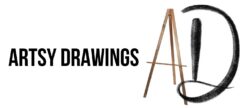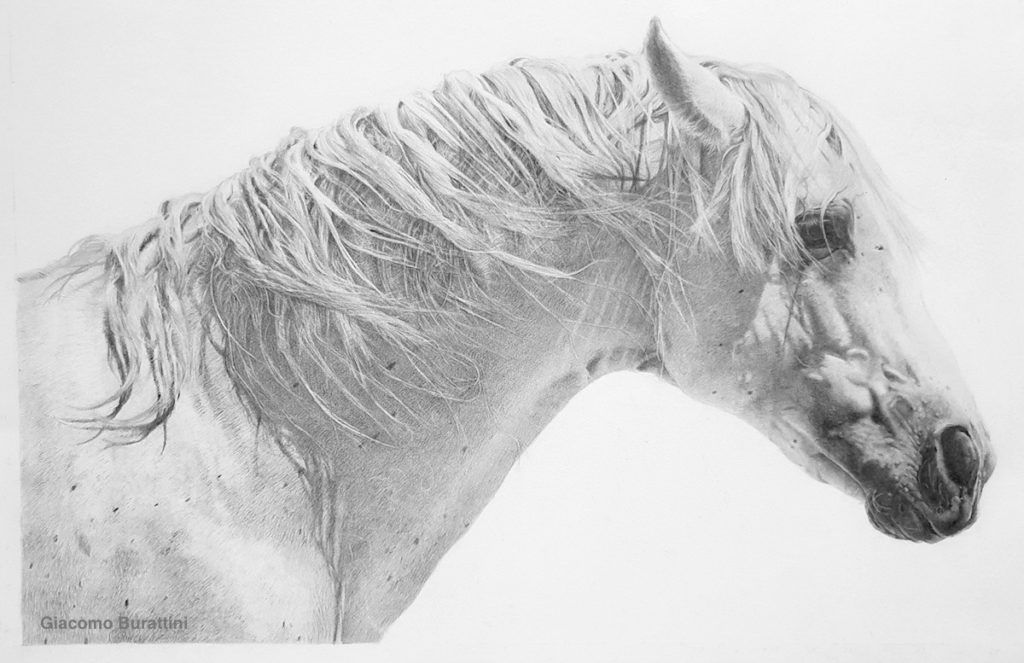Are you wondering how to get started as a beginner drawing artist? You may have searched drawing tips for beginners, lineart tips, shading with pencil techniques, or drawing tips and tricks.
Welcome to Artsy Drawings where you will learn those drawing tips for beginners.
Welcome to the world of art, young grasshopper.
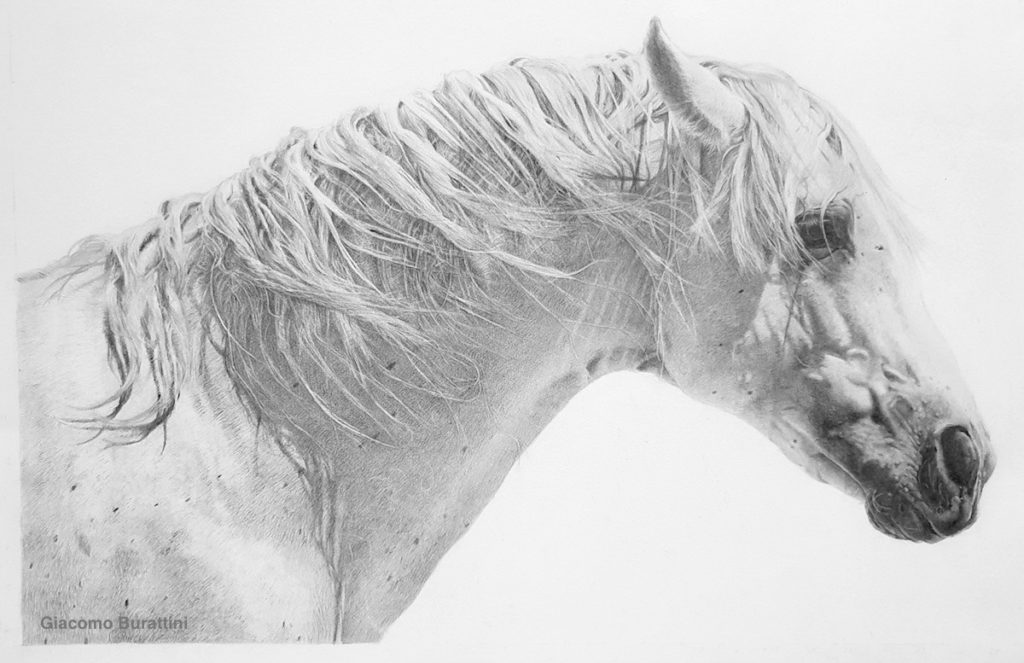
Welcome to the incredible world of art at ArtsyDrawings.com! We are happy to welcome creative spirits, aspiring artists, painters, drawers, photographers, sculptors, printmakers, and lovers of art. It is my hope to teach, inspire, and applaud you for taking steps into the creative realm!
The purpose of this article is to teach drawing tips for beginners and intermediate artists. We will go step by step and cover a myriad of art tips, tricks, and techniques.
We will start with choosing a medium, discuss creating value and using the line weight technique, warn against the dreaded furry kitty, and remind you that drawing and lineart is mark making. Let’s get into these drawing tips for beginners!
Drawing Tips for Beginners 1: Pick a Pencil
Drawing is one of the best ways to get your foot in the door because you can use a wide variety of mediums. You can uses graphite pencils and expensive drawing paper or a ballpoint pen and a napkin. Drawing is the underlying foundation of art, and a great place to start.
Certain mediums and materials can enhance the quality of your artwork simply by using them the right way to get a certain effect. Will we discuss picking a pencil in this drawing tip for beginners.
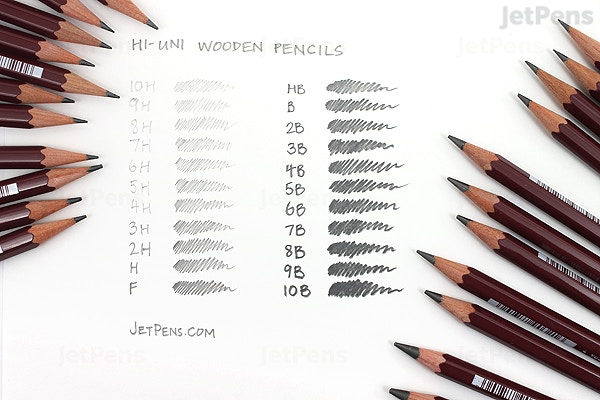
Letter and Numbers on your Pencils
This drawing tip for beginners has to do with those letters and numbers on your graphite pencils.
You have seen HB, 4B, 2H, and R2D2, and unless you’re a Star Wars fan, you probably won’t recognize the odd man out. The letters and numbers represent the hardness of the lead in the pencil.
They work on a scale in which HB is in the perfect center and stands for “Hard Black.” This is the typical #2 pencil you probably used in grade school, and a perfectly reasonable tool for extreme calculus problems or drawing artsy drawings.
On opposite ends of the scale are 8H and 8B. I think I’ve come across a 10B somewhere, but honestly, I haven’t found much difference after 8B.
If H stands for “Hard” and B stands for “Black,” an 8H is the hardest lead in the pencil and will create the lightest line.
I have a heavy hand so I typically use a 2H or 4H pencil for my under-drawing and work my way up to the 8B as I add in my shadows and dark tones. I use the drawing technique of working light to dark. The B pencils are softer and can create a darker value because more of the lead is pushed into the paper.
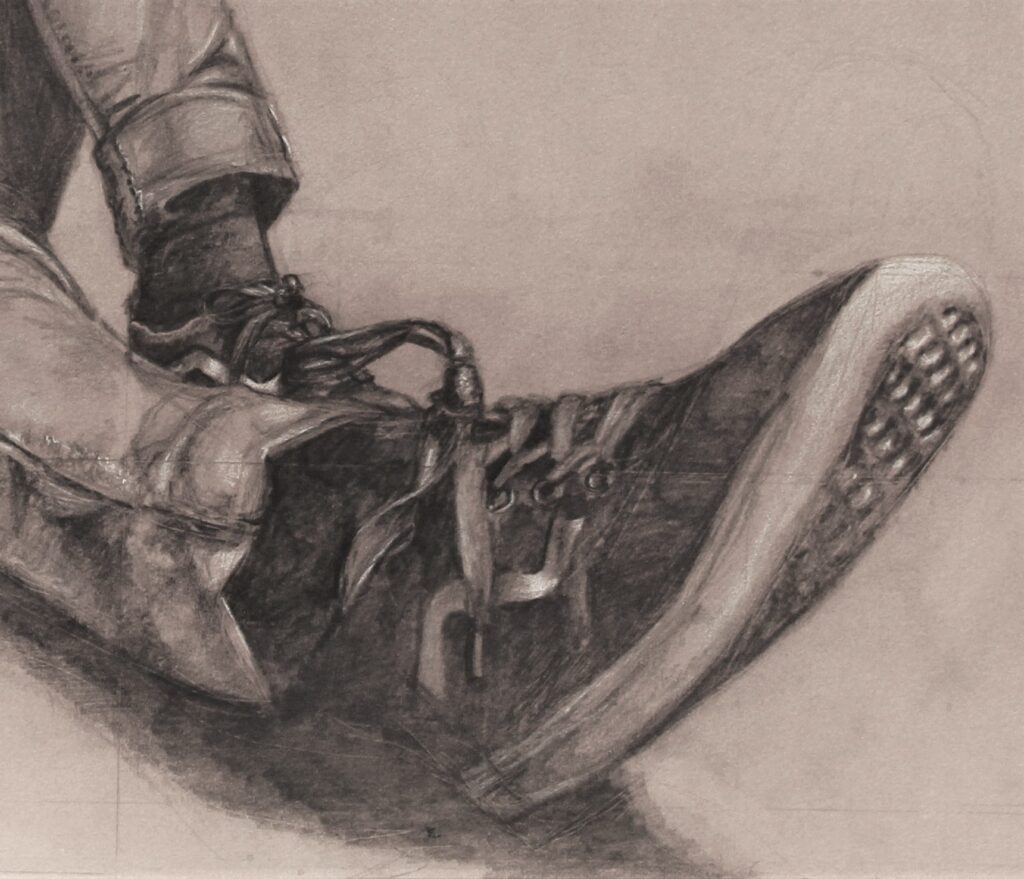
Mechanical vs. Wood Pencils
“Mechanical pencils are usually better suited for precision, while traditional pencils are great for laying down large areas of texture.”
Time Von Rueden
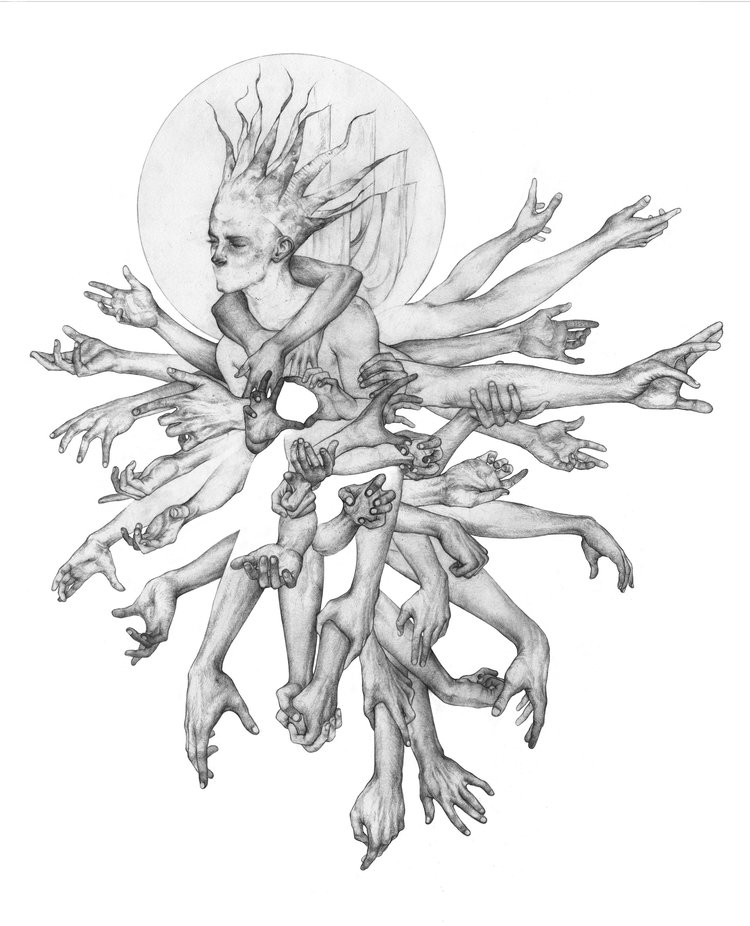
Pencil and graphite artist Tim Von Rueden creates stunning detailed drawings that you can see in the example above titled Silent King and on his website. He has a great perspective on mechanical pencils saying they are “usually better suited for precision, while traditional pencils are great for laying down large areas of texture.”
Personally, I do agree with this statement. Most mechanical pencils are classified as an HB #2 pencil. This pencil is a great option for the under drawing before you add a lot of dark tones and shading.
If you do decide to use an HB mechanical pencil throughout the entirety of the piece, it may leave permanent marks in the paper, a shiny finish in the dark shaded areas, and you could accidentally poke a hole in the paper.
All in all, the medium is still up to the artist. You run the show here. It’s your creation and art is about breaking boundaries and trying new things.
Drawing Tips For Beginners 2: Create Value
What is value? I don’t mean the price of the artwork, though I would hope everyone here becomes a famous artist one day.
Value is an element of design that refers to the lightness and darkness of a subject. The illusion of value in a work of art is what makes it look three-dimensional. Value provides the illusion of form.
There are many ways to draw and many more ways to successfully create value.

Creating Value with Sketching
My drawing tip for beginners is to focus on finding your own drawing techniques to create value. Some may prefer smoother transitions while others like stippling, hatching, crosshatching and more sketching techniques, where you can clearly see the lines and marks that shade the subject.

I recommend playing around with different styles including organic, structured, simple, complex, and making value scales (light to dark gradients) to practice these techniques.

Drawing Tip For Beginners 3: Use Line Weight to your Advantage
The next drawing tip for beginners is to use line weight to your advantage to create value.
I started drawing with what’s called “a heavy hand.” My lines were beautiful, clean and uniform, until I realized the portrait head I just drew was disproportionate to the rest of the body so I would have to completely erase it and start over. It is very challenging to erase when you draw hard.
I am not Michelangelo or Picasso, I can’t get away with intentional disproportions in my 2D drawings. Many drawings were lost to the abyss due to inaccurate proportions. Once I had erased and redrawn the piece, you could still see the under-drawing where I had pressed my pencil a little too hard into the paper and created a ghost texture, forever imprinting my mistake into the artwork.
Gesture Drawing
One solution to this issue is drawing a gesture first.
A gesture drawing is a quick, fluid, blog of shapes that resemble your subject. Many times my human subjects will not have details like jewelry or facial expressions. Instead, the focus is on the form of the body, the way the clothes drape, and the subject’s pose.

In gesture drawing, the repeated lines create value as you form the shape of the figure.
My next drawing tip is to practice line weight to gain control. This was a practice I really enjoyed in art school. We used line weight to create form in a 2D drawing.
Use graphite or pencil to start.
You start drawing very light and gradually press harder on the pencil creating a value scale line until the mark is as dark as it will go. This is your gradient scale to start your drawing. If you’re drawing a sphere, press harder to create a darker shade for the shadow and lighten your pressure for the lighter side of the sphere.
Below is a photo of four shell drawings I did using line weight. The “head” of the shell where the ridges come together was the most in shadow, so I pushed my pencil harder into the paper to create a darker line for that area.
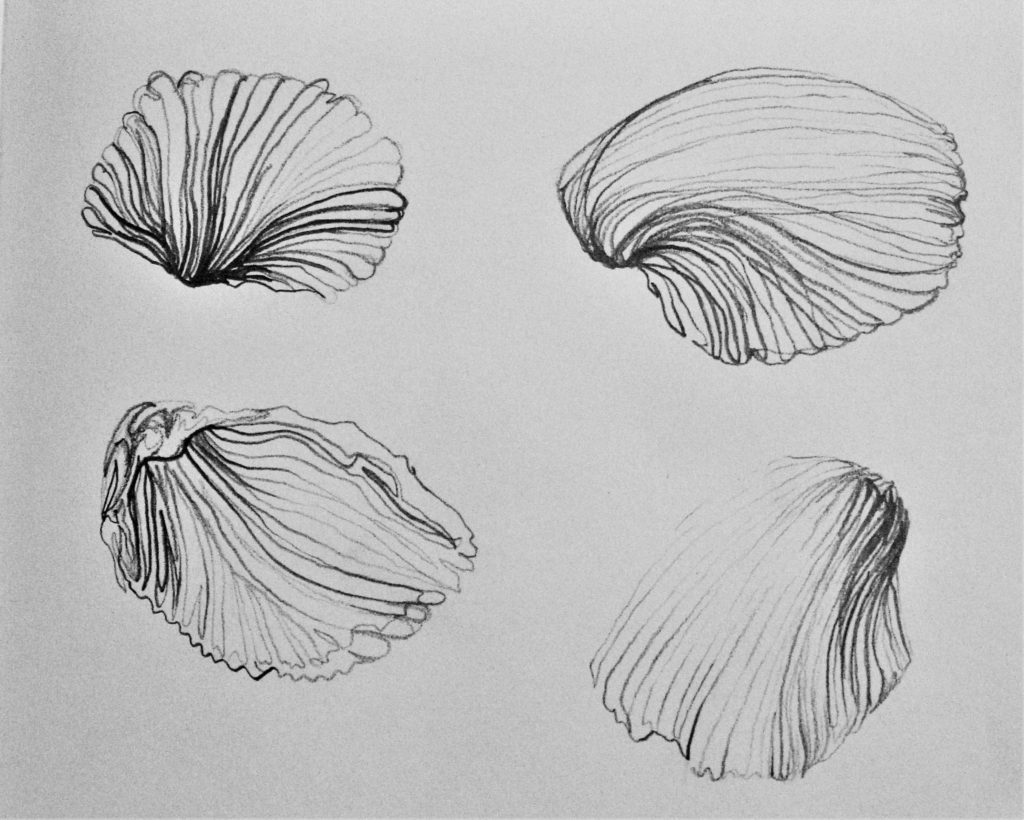
When you’re choosing a subject for this practice, focus on something with a lot of form and a range of light to dark value. Shells provide organic and wavy lines showing value, making them the perfect subject to practice this technique.
Drawing Tip FOr Beginners 4: Avoid the Furry Kitty
One of the first drawing tips for beginners I learned in art school was to avoid drawing a furry kitty.
At first I thought my teacher hated cats. Then, she explained that ‘furry kitty’ is a drawing technique. She wanted me to improve my linework by avoiding a poor drawing technique.
‘Furry Kitty’ is a technique using short strokes to create the shape. The result is a scratchy sketchy-like drawing that often gives an unfinished appearance.
Not only is ‘fur’ a distraction, but it uses a lot of graphite material and can lead to easy smudging. We don’t like accidental smudging and fingerprints on your artwork! It’s messy!
Visual Confidence in Art
Avoiding the furry kitty is also a lesson in becoming more confident in your line work, and by extension, your creations.
Imagine drawing a circle. Whether the circle is for a character’s head, a joint in their arm, or the wheel of a car, circles make up the basis of many forms in our worlds. If your drawing of a circle turns out like an oval or some type of warped sad potato, that’s okay!
Draw your “circle” again over that sad potato. The more you draw the circle over and over again (lightly!), it will eventually look symmetrical enough to actually look like a circle. This method is also the main theory behind gesture drawings.
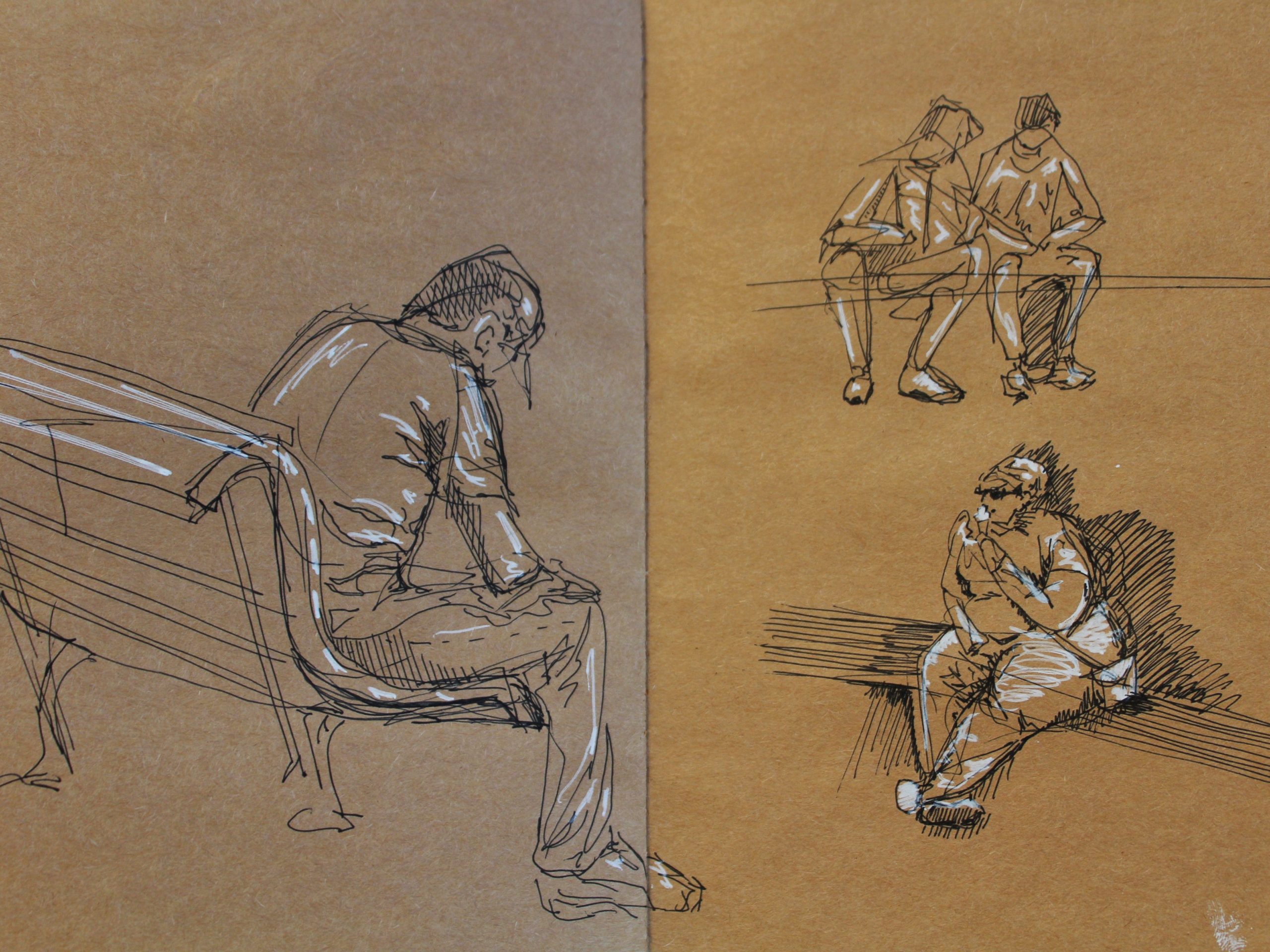
Gesture drawings are quick sketches to improve line quality, hand-eye coordination, and an easy way to get better at art quickly. This method will also help with your drawing and painting skills in the long run.
The artist Love Life Drawing talks about his strategies and suggestions for becoming a better artist in his article here. I really like how he encourages ‘smart’ practice and advises gesture and figure drawings to learn how to draw.
Drawing Tip for Beginners 5: Drawing is about Mark Making
One of my favorite responses when I show people my art is “Wow! I can’t even draw a stick figure!”
Creating a drawing is all about mark making, and that includes drawing stick figures. It is the act of putting the pen to paper, pushing and pulling down on the utensil, and actively guiding the pen to create a work of art. It about being deliberate in creation, as Salgood Sam states in his blog Deliberate Focused Practice.
To accommodate proper practice attitudinally, I make a point that there is a difference between Doing, and Practicing.
Salgood Sam
Do not be afraid to make marks.
Artists are pioneers, explorers, scientists. I’ve spent way too long watching a blank canvas, trying to figure out what to draw. Honestly? If you are ever stuck with artists block, remember that art is about mark making.
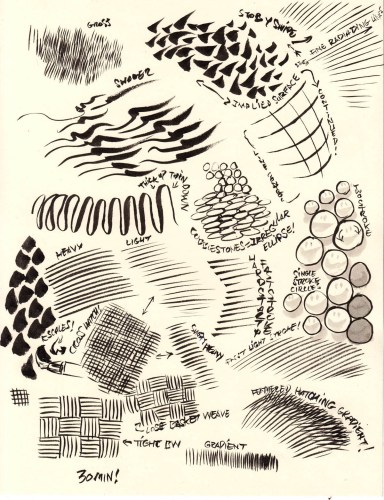
Once you start drawing, it’s much harder to stop. So pick up a sketchbook and be inspired:
- Make a page of intentional marks: curly, straight, squiggles, zigzags, thick, thin, scratchy and smooth.
- Practice line weight
- Practice using different pencil leads.
- Try out different shading techniques using the same subject (like a sphere or egg)
- Draw a chair, a plant, your hand, your dog
- Draw yourself in a mirror
- Look up things to draw
- Create a drawing upside down
- Trace an image using a window to work on your line work
Learning art is work. It takes time and practice and perseverance.
But, through it all, it is extremely rewarding. To look back as a work of art that you created is the most incredible feeling of accomplishment and pride.
Someone said a passion is what you enjoy doing that has no purpose except to make you happy. I know you’re passionate about art, that’s why you’re here. Let’s do something about it and start creating.
